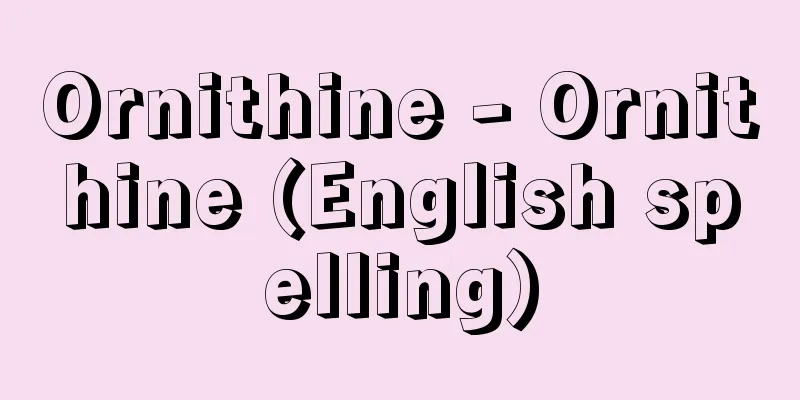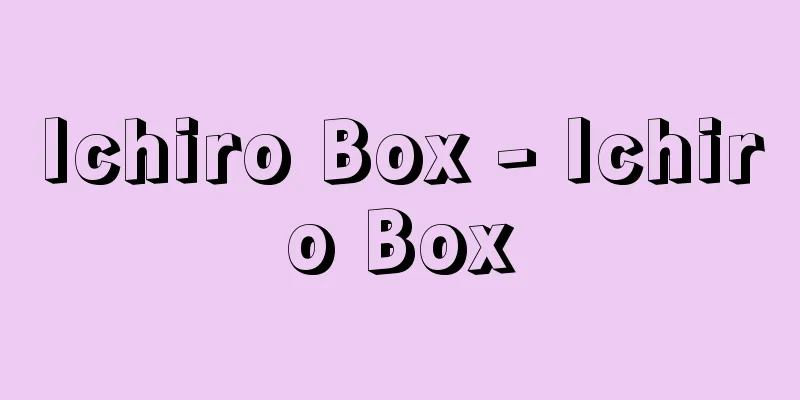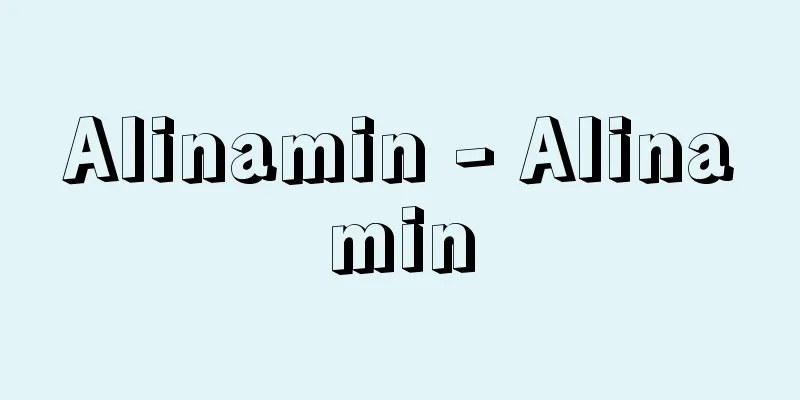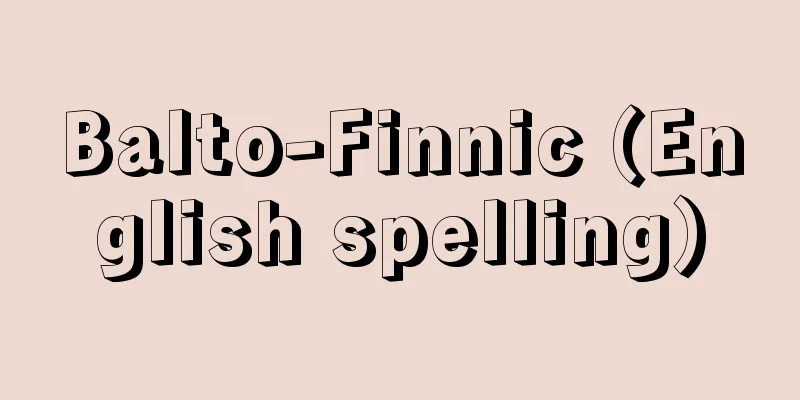Kyohai - Kyohai

|
〘Noun〙① Haikai with jokes and playfulness as its content. ※Haikai, Basho Habune (1817) "Called the Ashinomaru family, this is the Teitoku school. It is a type of haikai from before Basho, and is a type of mad hai that uses the literal meaning of haikai."② A type of kamurizuke (a type of zahai with a crown) . It is in 7-5 rhythm, has a shallow meaning, and is simple in content. It was mainly performed in Nagoya. Source: The Selected Edition of the Japanese Language Dictionary About the Selected Edition of the Japanese Language Dictionary Information |
|
〘名〙① おどけやたわむれを内容とする俳諧。※俳諧・芭蕉葉ぶね(1817)「あしの丸家と称る、こは貞徳の流也。素より蕉翁已前の俳諧にして、俳諧の字義を用る狂俳なり」② 雑俳の冠付(かむりづけ)の一種。七五調で意味が浅く、内容の単純なもの。主として名古屋を中心に行なわれた。
出典 精選版 日本国語大辞典精選版 日本国語大辞典について 情報 |
Recommend
Red coral - Red coral
A marine animal belonging to the phylum Coelenter...
Jinjutsuminran - Jinjutsuminran
A popular uprising at the end of the Yi Dynasty in...
Cho Chun
1346‐1405 A Korean politician from the end of the ...
Heat balance
In the energy balance based on the first law of t...
Welzel, Hans
Born: March 25, 1904 in Altern [Died] May 5, 1977....
Kienböck, R.
…The main lesion is avascular necrosis of the lun...
Refrigerated transport ship - Refrigerated transport ship
A ship that generally has refrigeration facilities...
Sapir - Sapia (English spelling) Edward Sapir
American linguist and anthropologist. Born in Ger...
Autoreel - Autoreel
...There are many types of each. For boats that h...
Pontos - Pontos (English spelling)
The northeastern region of ancient Asia Minor, fa...
Mammotropic hormone
…It is a hormone secreted from the anterior pitui...
Völkischer Beobachter (English spelling)
The central organ of the German Nazis. Its name me...
Pharmacodynamics
...A branch of pharmacy that studies the relation...
Impulse (physiology) - Impulse
…(2) Muscle contraction Skeletal muscles come in ...
Ezonotsugazakura - Ezonotsugazakura
An evergreen small shrub of the Ericaceae family ...









